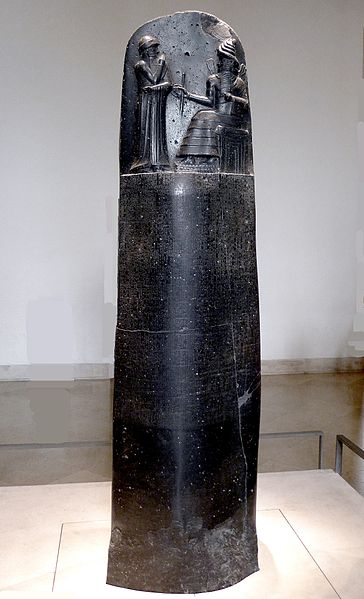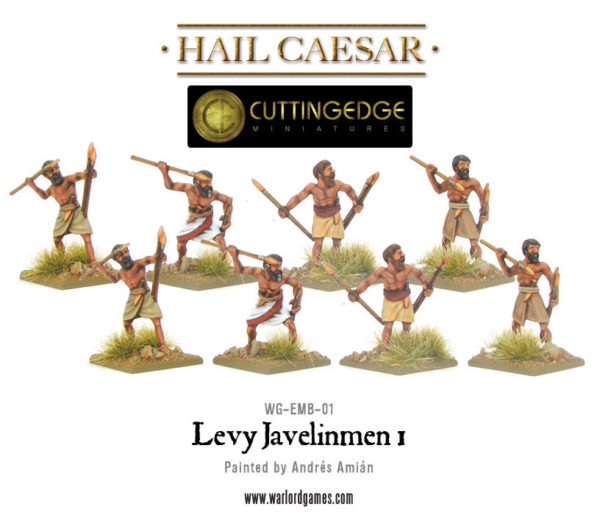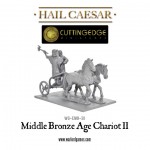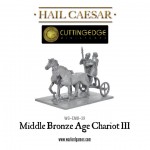The Amorite or Martu nomadic tribes from Syria and Arabian desert had been raiding and infiltrating the Kingdoms of Mesopotamia since the end of the Early Bronze Age.

The Code of Hammurabi – which can be seen in the Louvre Paris
By the last days of the Neo-Sumerian Empire, immigrating Amorites had become such a force, that Kings such as Shu-Sin were obliged to build a 170 mile wall between the Tigris and Euphrates Rivers to keep them at bay. As the structure of the Neo-Sumerian Empire collapsed the outlying regions such as Subartu (Assyria) in the north and the city-states in the south, such as Isin, Larsa and Eshnunna, began to re-assert themselves.
In the south-east, the Elamites were also attacking and weakening the empire; in areas where Amorites resided the Amorite Chieftans saw their chance to aggressively seize power, and although there was no actual large scale invasion of southern Mesopotamia, leaders with Amorite names assumed power in such cities as Isin, Larsa and Eshnunna.
At the start of the Middle Bronze Age, in c. 2004 BCE, the Elamites finally sacked Ur and brought down the Neo-Sumerian Empire. The Akkadian speaking Old Assyrian Empire was also established at this time and initially they repelled Amorite incursions into northern Mesopotamia and prevented them overwhelming other Akkadian speaking city-states.
However in c.1894 BCE, a previously unimportant and small city, Babylon, became the centre of the first Dynasty of Babylon under its founding Amorite King, Sumuabum. Likewise, in c.1809 BCE the native Old Assyrian ruler was deposed by an Amorite, Shamshi-Adad I. The Middle Bronze Age in Mesopotamia is known as the era of the “Amorite Kingdoms” and they arose in cities such as Mari, Qatna, Yamkhad, Isin, Larsa and in Babylon, where in the 18th century BCE, Hammurabi came to power and he conquered the whole of Mesopotamia including the Assyria in the north. The south of Mesopotamia now became known as Babylonia.
By the end of the Middle Bronze Age, Amorite control began to wain and in c.1595 BCE the Early Hittite Kingdom sacked Babylon, bringing the Amorite period to an end. The Kassites from the Zagros mountains then filled the vacuum and established their own dynasty in Babylonia while in the north the native Middle Kingdom of Assyria was established in the Late Bronze Age.
This range of figures is designed for building the core regular troops and settled urban militia or levy of the Amorite City-States. These include Hammurabi’s Old Babylonian Kingdom, Shamsi-Adad’s Old Assyrian Kingdom and Rim-Sin of Larsa in Mesopotamia. Those in Syria include the armies of Zimri-Lim of Mari, and those of Yamhad (Aleppo), Qatna and Ugarit.

Dress and weapons would have been fairly standard between all the City-States of the time and it is unlikely that there was any standard uniform; though regular troops would probably have been equipped with helmets, some light armour and heavier axes.

In the latter part of the Middle Bronze Age, 2-horse chariots made their first appearance on the battlefield but their role at this early time would have been limited.

Battle your way through history with Hail Caesar and the army lists Biblical & Classical and Late Antiquity to Early Medieval:













